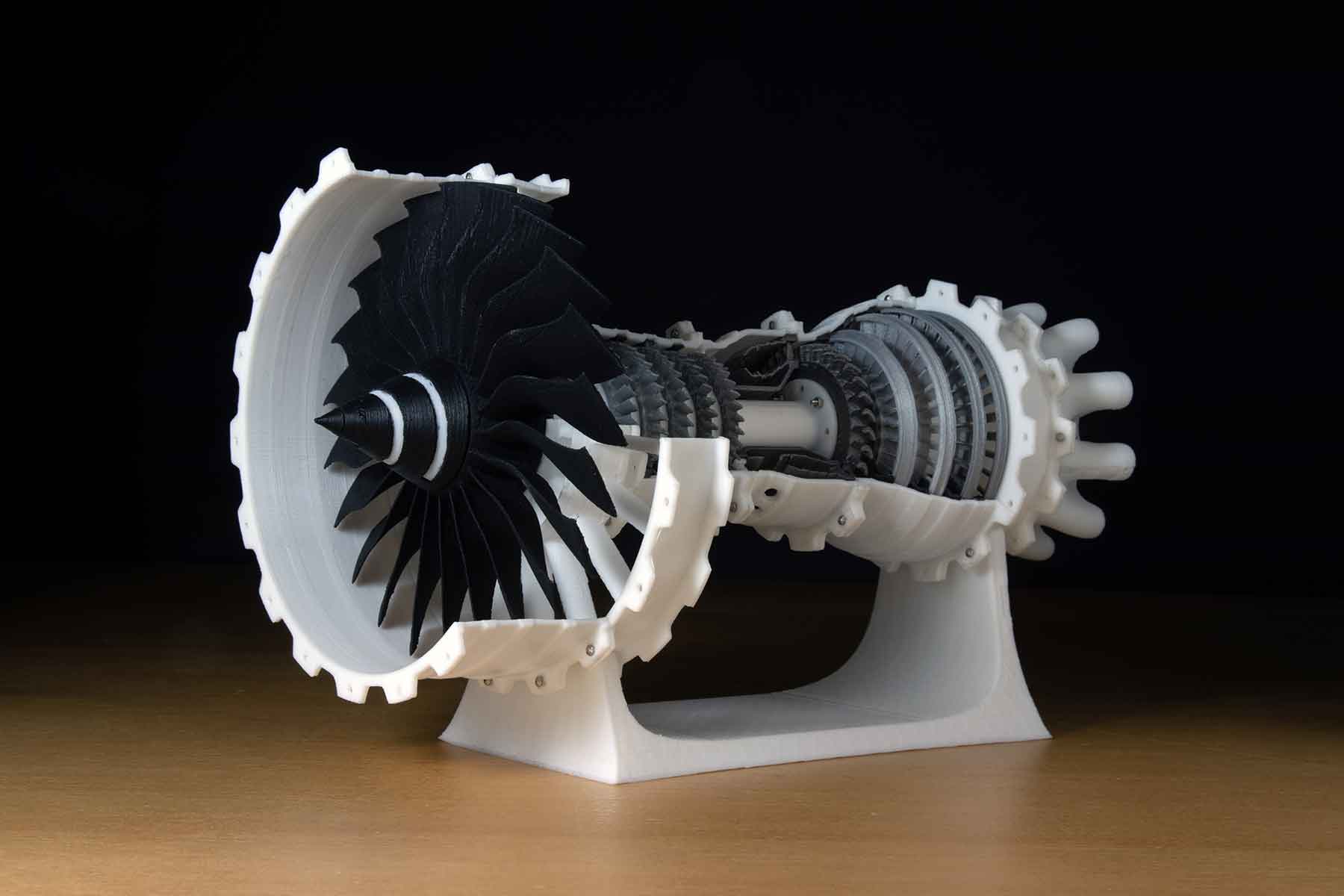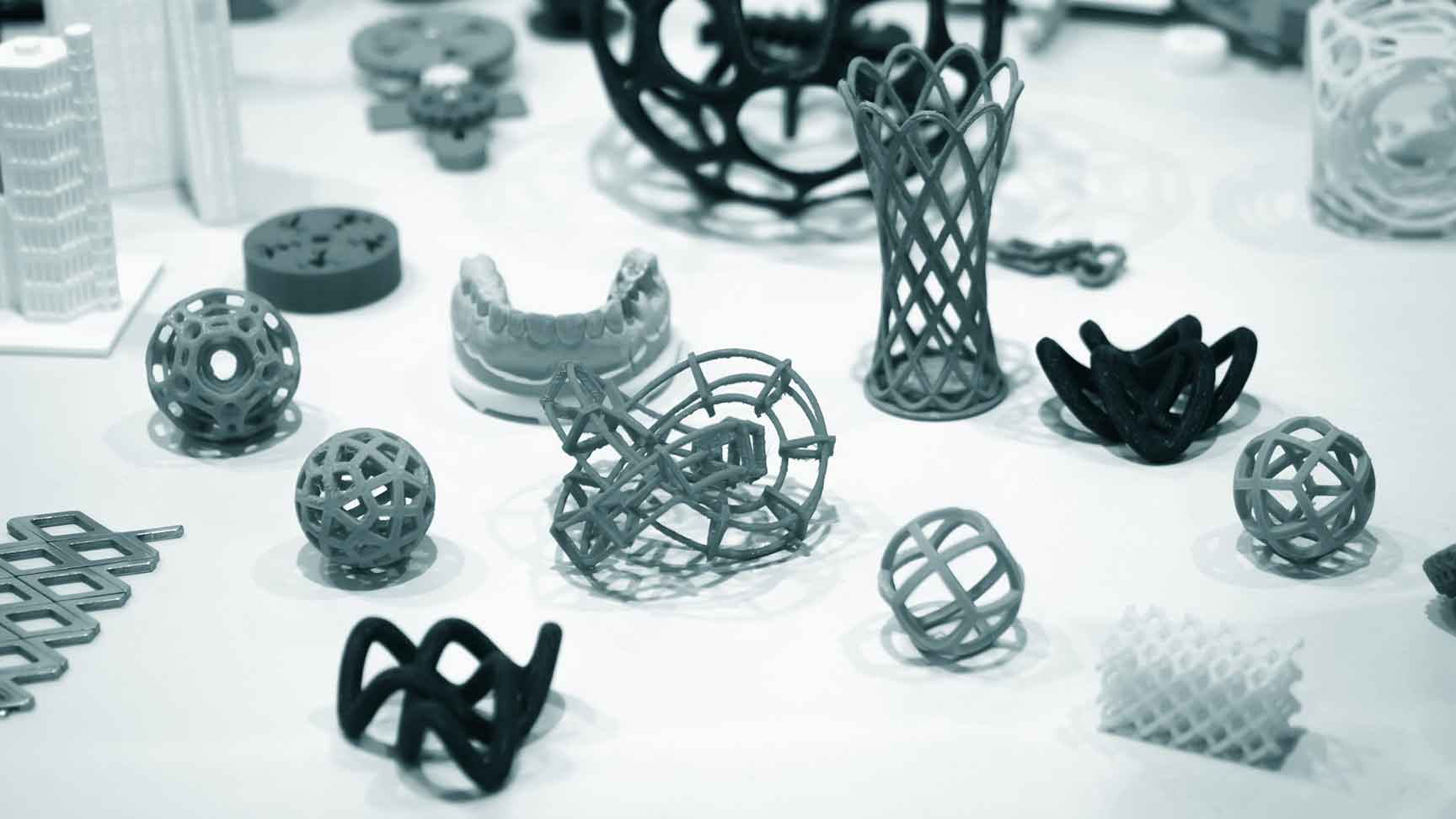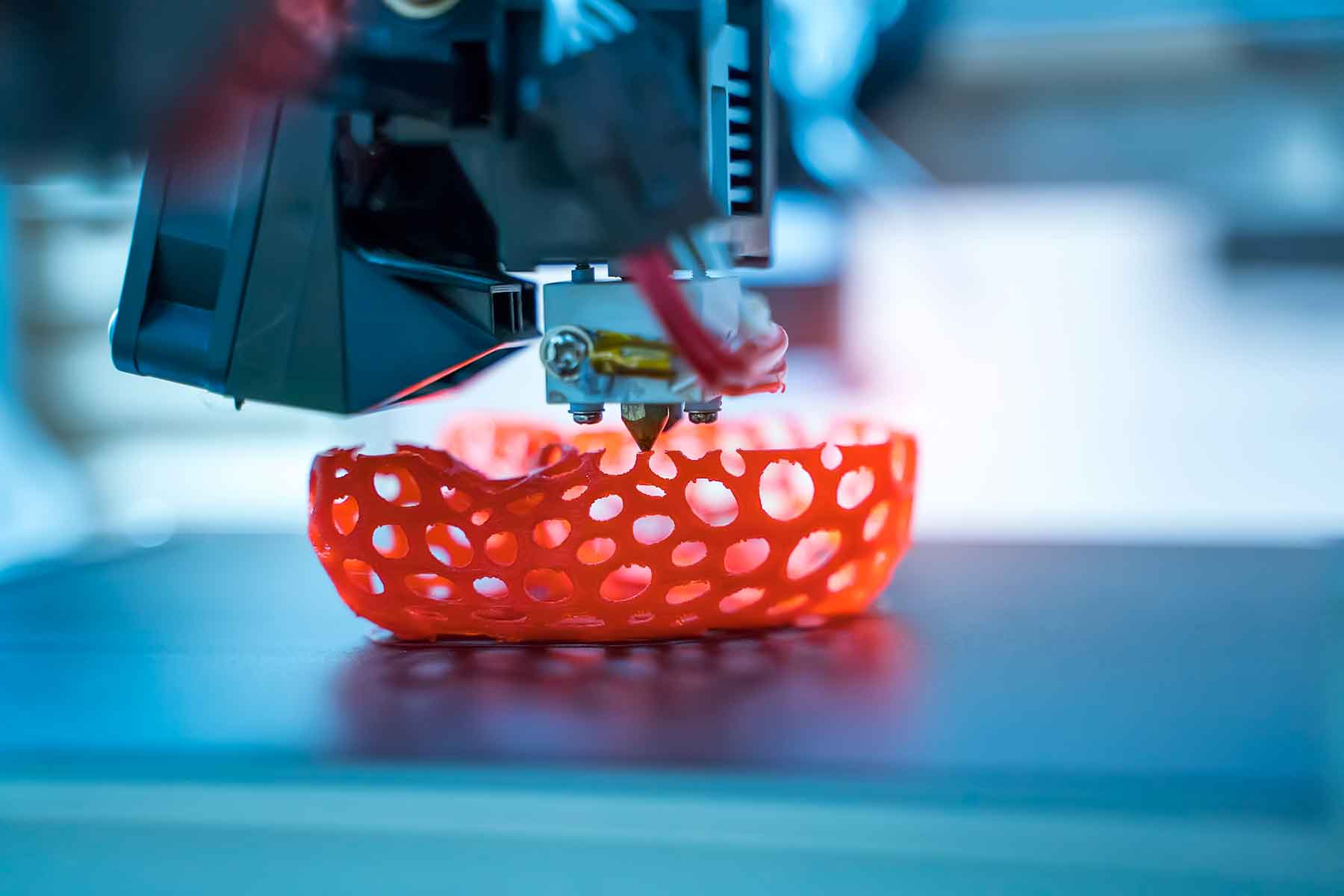Innovation is the lifeblood of any industry, and rapid prototyping plays a vital role in bringing groundbreaking ideas to life. Additive manufacturing, commonly known as 3D printing, has revolutionized the prototyping process, enabling faster iterations and accelerating product development cycles. Let’s delve into the benefits of rapid prototyping through additive manufacturing and how it empowers companies to stay ahead in today’s competitive landscape.
Traditional prototyping methods often involve time-consuming and costly processes, such as machining or molding, which can lead to significant delays in design iterations. Additive manufacturing eliminates these bottlenecks by allowing designers to quickly convert their digital designs into physical prototypes. With 3D printing, complex geometries and intricate details can be produced in a fraction of the time required by conventional methods. This accelerated prototyping process empowers designers to iterate, refine, and validate their designs rapidly, ensuring faster time-to-market and reduced development cycles.
Rapid prototyping through additive manufacturing offers cost advantages over traditional prototyping techniques. With 3D printing, there is no need for expensive tooling or molds, which can be a significant investment in traditional manufacturing processes. Additive manufacturing allows for direct fabrication from a digital design, reducing material waste and minimizing production costs. This cost-effectiveness allows companies, especially startups and small businesses, to explore multiple design concepts without breaking the bank, fostering innovation, and mitigating financial risks.
Rapid prototyping with additive manufacturing empowers designers to optimize their product designs in ways previously unimaginable. Through iterative prototyping, designers can evaluate different design variations, test functionality, and assess performance under real-world conditions. This iterative feedback loop allows for continuous improvement, leading to more robust and refined designs. By identifying and addressing potential design flaws early in the development process, additive manufacturing enables companies to avoid costly redesigns and improve overall product quality.
Rapid prototyping facilitates effective communication and collaboration between design teams, engineers, and stakeholders. With physical prototypes readily available, teams can visualize and assess the design concept more tangibly, enabling clearer communication and feedback. This collaborative approach fosters a multidisciplinary environment where all stakeholders can contribute their expertise, resulting in well-informed decisions and a shared understanding of the final product.
In today’s fast-paced market, gaining a competitive edge is crucial. Rapid prototyping with additive manufacturing enables companies to swiftly develop and refine their products, outpacing competitors. The ability to respond quickly to customer demands, market trends, and technological advancements positions businesses as industry leaders, fostering innovation and establishing a reputation for delivering high-quality, cutting-edge products.
Rapid prototyping, powered by additive manufacturing, has transformed the product development landscape. Its ability to accelerate the design iteration process, reduce costs, optimize designs, enhance collaboration, and provide a competitive advantage is invaluable in today’s dynamic market. By embracing additive manufacturing for rapid prototyping, companies can foster innovation, streamline product development, and bring exceptional ideas to market faster than ever before. Stay ahead of the curve, leverage rapid prototyping through additive manufacturing, and propel your business to new heights of success.




